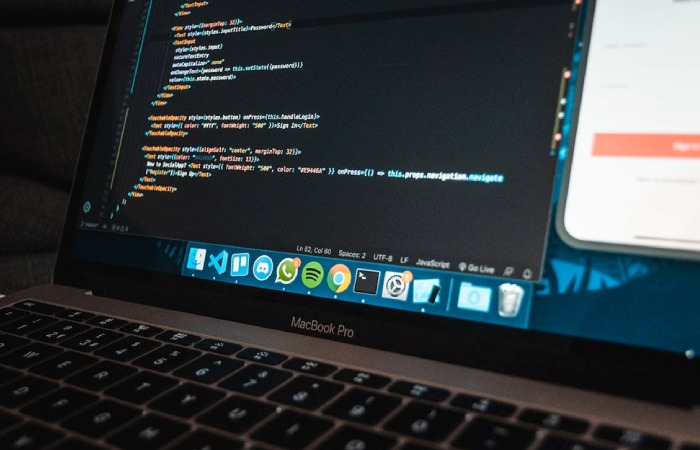Technology has been taking the world by storm, and it has been doing so for many years before. Since there has been evolution, there has in turn always been the promise for improvement and refinement, to do and become better. Whether it’s cell phones or electricity, laptops or computers, the technological age has dominated in the current century, and will continue to do so long after. One of the most technologically advanced fields is of course computers, and what’s arguably more advanced than the subject of computers is a category lying under it, namely: virtual machinery and software.
Table of Contents
What is a Virtual Machine?
A virtual machine (VM) at first has much in common with a regular physical computer. They possess central processing units (CPU), memory, and storage for files in the form of discs; it’s even possible for them to connect to the internet. What makes them different from physical computersis their state of being. As the name implies, it is virtual, meaning it has no physical form.
Despite this difference, however, it functions much in the same vein as a computer does. It is a software file that in essence behaves and acts like an actual computer would.
How Does it Work?
Through virtualization, CPU, memory, and storage are in essence borrowed from the physical computer. Because of this, a virtual computer is made and ready to operate. This opens the door to being able to use multiple operating systems (OS) through the use of one physical computer’s data.
What are They Used For?
Virtual machines are used for many of the same purposes as a regular computer, including but not limited to:
- Building, storing, and using apps to or for the cloud
- Trying newer operating systems
- Backing up and saving your original operating system
- Running apps and software on operating systems that they weren’t made for
Different Types of Virtualizations
The different types of virtualizations are varied in form and function, each one made and utilized for a specific component or area of computing. Some of the more common types are listed below.
- Data Virtualization- process that allows data to be retrieved from a multitude of sources using only one application for access. This translates to data stored across multiple databases being accessible from just one location.
- Server Virtualization- the process of being able to house many virtual servers through one physical server. Each server under the host is different and can have their own applications and operating systems.
- Application Virtualization- being able to run applications with a virtual server as opposed to the main host’s server. This allows the testing and usage of apps on another server without using your own in a sense.
- Network Virtualization- the process of dividing computer resources to better transmit data on a more efficient level.
- Storage Virtualization- managing storage across a multitude of virtual machines from one physical machine. This allows superior storage capabilities.
What are Their Benefits?
Virtual machines have more than their fair share of advantages, and many more benefits as well. These include:
- Cost- reduced costs in processing more computer output. The use of multiple virtual machines reduces the need for physical devices and alsoreduces costs on maintenance and electricity usage.
- Simplistic- creating a virtual machine is easy to do.
- Efficient- virtual machines and servers are a more efficient way of managing data and app usage.
- Flexible and Adaptable- a virtual machine can operate multiple apps and processes just like a regular machine.
- Secure- operating a virtual machine is more secure when wanting to test potential malware and threats of security such as computer viruses, hacking, and the like.
Even with all of this in mind, a virtual machine needs virtual software to run smoothly and efficiently.
Different Types of Software

Virtual software can come in many different formats, each one specialized in its own way. Some of these include:
- Parallels Desktop 18- software that allows quick switching between Windows and Mac
- Windows 365 Cloud PC- software that allows streaming Windows in a more secure environment from the cloud to any device.
- Apple Boot Camp- multi-boot utility software that includes Apple’s macOS that allows installation of Microsoft Office and Windows operating system on Intel Macs.
These, of course, are just a few of the many. Finding the best virtual machine software for Mac in 2023 is about doing your research and finding the software that works best for you and your needs.
Conclusion
The digital age is here to stay and will continue to improve long after the 21st century. With additions such as computers, to more efficient methods of data usage and transfer, computer machines, software, and overall efficacy is the future of technology.

